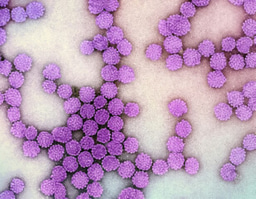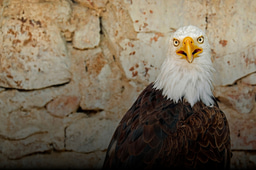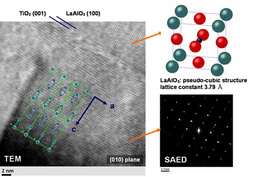Journal Club | The Evolution of The Gut Microbiota
Published in Microbiology

Call it a human-centric view, but questions about where we come from and what makes us humans has been the stuff of philosopher and scientist daydreams for thousands of years.
In regards to the first part of the question, as a result of fossil and sequence-based evidence, we have better delineated our evolutionary path from an early hominid ancestor and our close relationships with the other modern day hominid species on this planet. This was a revolutionary idea when it arose (perhaps still in some places?), and no less revolutionary is the current research on the second part of the question, which has found that we are more than just our human components. Studies have found that the microbiota--the constellation of microbes that live on/in/with us--act less like stowaways and more like an organ, linked with keeping our immune systems regulated and participating in some of our behaviors. And like organs, dysfunction of the microbiota (i.e., dysbiosis) have been associated with a variety of complex human diseases, spanning susceptibility to infectious disease to metabolic syndromes and neurodegenerative disorders. In this view, it would not perhaps be surprising if the microbiota evolved with us during the course of our own speciation, keeping pace with us to maintain their symbiosis and keep us healthy and hale at the same time. But is this true and how can we tell?
In this week's issue of Science, Ochman and colleagues (covered in a related perspective by Segre and Salafsky) have gone in an asked just this question. They sequenced stool samples from 16 Connecticuters (the technical term for residents of Connecticut, I just learned), 47 wild chimpanzees, 24 wild bonobos and 24 wild gorillas focusing on three microbial clades known to be prominent in the human gut: Bifidobacteriaceae, Bacteroidaceae and Lachnospiraceae. Unlike standard approaches to use 16S rRNA, which evolves rather slowly, they instead chose to analyze gyrB sequences from the microbiota, which provided a faster rate of evolution that better matched the relatively short evolutionary timescale of hominid speciation. This let them establish a molecular clock for microbiota diversification, which could then be overlaid on the known hominid evolutionary tree.
They found that the phylogenies of the Bacteroidaceae and Bifodobacteriaceae strains mirror the distribution of the host species. For example, these strains were more similar (though host-specific) between chimpanzees and bonobos than compared with lineages in gorillas or humans with no overlapping Bacteroidaceae lineages shared between the gorilla (and human) groups vs the chimpanzee/bonobo branch. Notably, all the major diversification of lineages occurred within each host branch with few observed transfer events even between chimpanzees and bonobos living in the same geographical area. This may suggest that there are species-specific adaptations selected for the microbiota to match their host. Interestingly, despite similar species-specificities, the evolutionary rates of the two bacterial clades were rather different with Bifidobacteriaceae at the low end (0.7% and 0.07% changes at synonymous and non-synonymous sites per million years) and Bacteroides vulgatus evolving at a rate over 10 fold higher (7% and 2.2%, respectively).
By tracing the diversification of these two clades, the authors estimated the point of divergence between host species microbiota occurred within the same ballpark of the presumed hominid speciation events: 1) human and chimpanzee microbiota diverged at 5.3 million years ago (mya) vs. a 6.2-6.4 mya estimate (based on mitochondrial analyses) for when these hosts diverged; and 2) human-gorilla microbiota divergence at 15.6 mya vs. a mitochondrial estimate of 7.1-9.2 mya for the host speciation event.
Interesting, in contrast, the Lachnospiraceae clade had a more mixed evolutionary history with observed inter-host species transfer events since the last common ancestor. Why these transfer events have been enable to occur is unclear, but the authors speculate that the spore-forming lifestyle of these bacteria may encourage environmental survival and thus dissemination.
Overall, the work tells use that our microbiota have co-evolved with us for vast timescales, a companion as we evolved into the human species. In a general sense, this is not unlike the work from those in the pathogenesis and pathogenomics field showing that pathogens pick up host-adaptive mutations across human epidemics. So perhaps, while it is not that surprising that selection pressures also exists with the commensal population as their hosts gain new genetic repertoires (albeit over large evolutionary time scales), what is particularly exciting, as suggested by Segre and Salafsky, is that this work opens up a new line of investigation to mine other evolving (e.g., positively selected) genes and mutations (both host and microbial) to derive new biological understanding about the mechanistic basis of our symbiosis with the microbiota. And, to me, the work provides another level of consideration to keep in mind when we ask fundamental questions of biology using human or animal-derived microbiota in model animal systems and think about ways to translate and standardize different microbiota formulations into clinically relevant therapies for diverse populations.




Please sign in or register for FREE
If you are a registered user on Research Communities by Springer Nature, please sign in